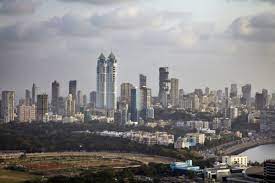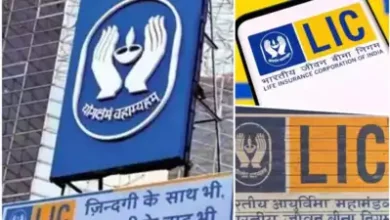Has the Modi government solved the double balance sheet problem in the Indian economy?
With her remarks on the double balance sheet problem, Finance Minister Nirmala Sitharaman has refocused attention on the issue. According to the minister, the issue with the twin balance sheets has now changed to a “twin balance sheet advantage.”
The concurrently declining balance sheets of banks and corporations are known as the “twin balance sheet problem.” The problem arises when weak corporate balance sheets cause borrowers to default on their loans, leaving banks with large levels of non-performing assets (NPAs). Around 2018, bank NPAs in India have risen to a concerning level. The issue was attributed to the former UPA administration by Prime Minister Narendra Modi, who said the Congress’ “phone-a-loan scam”—in which loans were given to specific businesspeople based on calls from individuals connected to the governing administration—was to blame for the enormous NPAs. Several prominent defaulters made news at this time, including Mehul Choksi, Vijay Mallya, and Nirav Modi.
But according to a recent remark from the finance minister, as banks and businesses perform better, the worst of the crisis may be over. So what does the data show? Let’s look at it.
falling NPAs
According to information from the RBI’s financial stability reports, banks’ gross non-performing asset (GNPA) ratio has significantly decreased since peaking at a high of 11.6% in March 2018. According to CRISIL Market Intelligence and Analytics Director of Research Aniket Dani, the state of banks’ balance sheets has improved. “Bank balance sheets are now more transparent as a result of the RBI’s asset quality examinations. Additionally, banks have to follow strict recovery procedures. The recovery process has also benefited from the Insolvency and Bankruptcy Code, according to Dani. The government intervened to inject capital into public sector banks as some institutions were forced to bear the weight of significant NPAs. The government invested Rs 3.10 lakh crore in public sector banks between 2016–17 and 2020–21.
Margins of Profit Rising
According to CMIE statistics, corporate net profit margins have significantly increased since reaching a record low in March 2018. Profit margins are at an all-time high, which aids these listed companies in paying down their debt. Corporates began having trouble repaying debts they had taken during a time of great growth due to high inflation and poor growth in the early 2010s, which led to many being overleveraged. The fact that their profitability was dropping also did not help. According to Dani, the businesses have lately placed a strong emphasis on deleveraging in order to reduce their borrowings, and the increased earnings have assisted them in repaying their debts. The government has recently made steps to assist the private sector, including significant corporate tax cuts and a production-linked incentive program to encourage foreign investment in the nation.
High Growth in Credit
According to statistics on credit growth, banks’ trust has increased despite a lower percentage of non-performing loans. At 15.4% in the most recent fiscal year, loan growth reached an all-time high. According to experts, the services industry is driving loan demand as the need for working capital rises. The record-high loan demand has also been cited as proof of the economy’s recovery from the pandemic shock. Banks have been able to accommodate the demands for working capital across industries because to better balance sheets.
The lowering trend of NPAs and rising corporate profitability show the finance minister’s optimism on the balance sheet issue. The government’s 4R policy (recognition, recapitalization, resolution, and reform) has aided in the economy’s recovery from the dual balance sheet problem, according to Sitharaman.







